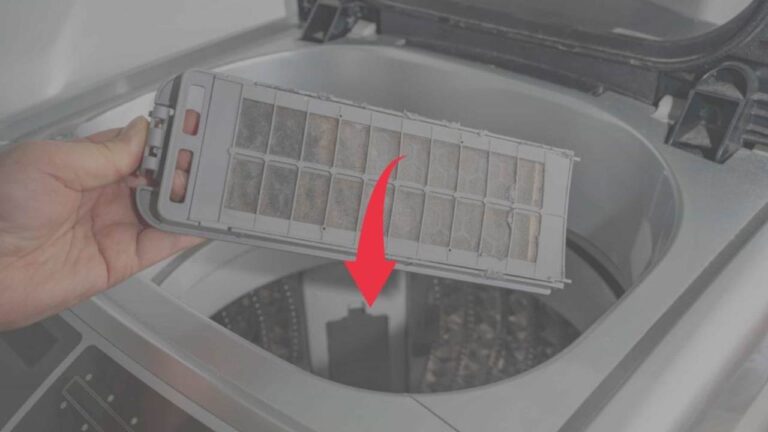Washing Machine Not Draining? 5 Fixes (+ Reasons Why)
Why Won’t My Washing Machine Drain?
A non-draining washer—or a washer that won’t drain—is a common headache for homeowners in Dubai. It leaves clothes soaked and ruins your laundry schedule. Several culprits might be behind it, such as a clogged filter, a faulty pump, or a blocked hose.
At Appliance Repair Dubai, we often troubleshoot these issues quickly with either minor adjustments or part replacements. In this blog, we’ll explain the most common reasons why your washer won’t drain and how to fix a washer that doesn’t drain at home.
5 Common Reasons Why Your Washing Machine Isn’t Draining
Is your washing machine not draining? Let’s get straight to the point. Here are five common reasons behind the issue, with additional information. Each clearly explained and a simple fix for quick resolution.
1. Clogged Drain Hose
A clogged drain hose can obstruct wastewater flow. Over time, lint, fabric threads, or small objects may accumulate inside, restricting drainage and causing water to back up in the washing machine after a cycle.
Solution: Detach the hose and check for blockages. Flush it out using a high-pressure stream of water or a plumbing snake.
2. Blocked or Dirty Pump Filter
Modern washing machines have pump filters that trap debris like lint, coins, or hair. If these filters become blocked or dirty over time, they can restrict water flow and prevent proper drainage.
Solution: Open the access panel (usually at the bottom front), place a towel, and carefully unscrew the filter. Remove lint, coins, or anything else blocking it.
3. Faulty Drain Pump
A faulty drain pump can disrupt the draining process. If it’s unusually noisy or fails to activate during the cycle, it may be jammed by debris or have an internal mechanical issue.
Solution: Unplug the washer, remove the back panel, and inspect the pump. Clear any obstructions. If it’s burnt out, a replacement may be needed.
4. Lid or Door Switch Issues
Washing machines are designed not to drain if the lid or door switch malfunctions. This safety feature prevents operation when the door isn’t securely closed, often causing the cycle to pause or stop altogether.
Solution: Check the latch and switch for wear or misalignment. If your machine doesn’t register a closed door, the drain cycle won’t begin.
5. Drainage Settings or Control Board Glitch
Drainage issues can stem from incorrect wash settings or a control board glitch. A stuck cycle or software error may prevent the machine from entering the drain phase, even when no physical blockage exists.
Solution: Reset your washer. Unplug it for 1–2 minutes, then plug it back in. Also, double-check your wash settings to ensure a complete drain cycle is selected.

Bonus Causes to Consider (Beyond the 5 Fixes Above)
6. Kinked or Pinched Drain Hose
Even if the hose isn’t clogged, a sharp bend or kink can restrict water flow, making drainage slow or impossible.
7. Improper Drain Height
If the drain hose is placed too low or too high above the washer (usually above 8 feet or below floor level), it can cause siphoning or backflow issues.
8. Clogged Standpipe or Household Drain
Sometimes the washer isn’t the problem—the plumbing system or standpipe it drains into may be blocked, leading to water backing up.
9. Drive Belt Issues (in Belt-Driven Models)
In some machines, a loose or broken drive belt can affect the pump’s operation, indirectly causing draining problems.
Need Expert Help Fast?
If DIY steps aren’t solving the problem or you suspect internal damage, don’t risk further complications. Call a local washing machine technician for a safe, professional repair today.
Final Thoughts
Washing machine drainage issues usually involve common culprits like a clogged hose, a dirty pump filter, a faulty drain pump, or door switch problems. Even software glitches or installation errors can disrupt drainage. By identifying the exact cause, you can apply the proper fix and restore normal function. While most issues are simple, regular cleaning and careful usage are key to preventing future blockages and keeping your washer running efficiently.




